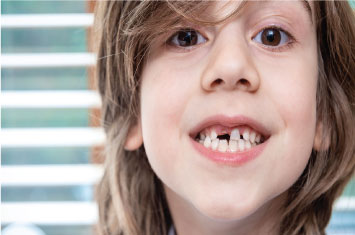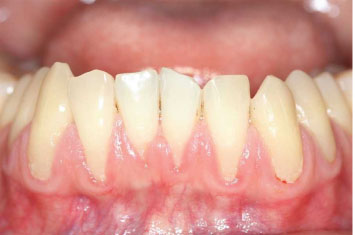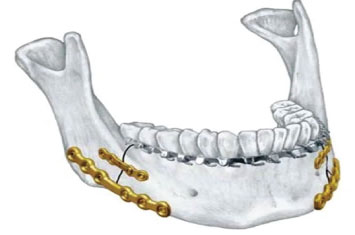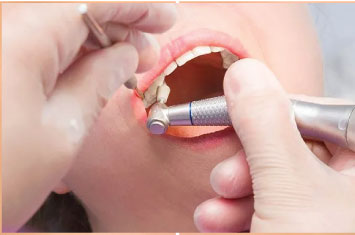Tooth Extraction for children

Tooth Extraction for children
There are circumstances when children will need teeth removed. While most children lose their teeth naturally without intervention, there are some occasions when an extraction must be performed. Keep reading below to learn more about when a child might need their tooth removed, what this involves and how to prepare them in advance.
Losing their first tooth
Kids will usually lose their first tooth around age 6. As the adult teeth start to come in, they push the baby teeth out. Your child may first notice their tooth is loose and they may want to start wiggling it. This is completely safe as the tooth will eventually come out on its own over time.
Where a tooth extraction may become a possibility is when this natural process is not taking place. For children, it is essential that the proper space is available for adult teeth to come in. Since adult teeth are permanent teeth, it is important that they come in without any issues that may hinder their placement and lead to lasting issues in the mouth.
For example, one common reason for a tooth extraction is when the baby teeth are not falling out prior to adult teeth coming in. Referred to as an ‘over-retained’ baby tooth, this situation may call for an extraction so that the adult teeth can enter properly. Major crowding can occur if there is not enough space for the adult teeth to take their natural spot in your child’s mouth.
Children Need Teeth Removed That Are Damaged or Infected
Another scenario where a tooth extraction may be required for your child is when one or more of their teeth are damaged beyond repair. This may occur due to an accident, a sports injury, an abscess or infection in the bone or gum, or a cavity that is too big to repair. If no restorative options are available, your dentist may recommend that the tooth be extracted to resolve the problem and to halt any further damage.
The basics of tooth extraction
A simple tooth extraction can be done by your pediatric dentist and involves gently loosening the visible baby tooth and pulling it. Using only a local anesthetic, this procedure is quick and painless.
A more involved tooth extraction may require local anesthetic or sedation. These types of extractions may be required in severe cases when teeth are stuck in the jaw bone.
After the procedure, kids should avoid hard or crunchy foods and should drink plenty of water. Any pain that is noticed should be monitored and if swelling occurs, talk to your pediatric dentist about it as soon as possible.
Talking to your child about dental procedures
Remember, a tooth extraction is always a final resort when other options are exhausted. While extractions are generally a simple procedure, one of the main parts of the process is talking to your child about what to expect and calming any fears they have. Talking to your pediatric dentist is also a great way to have your child learn about the process and to ease any concerns they may have in advance.





